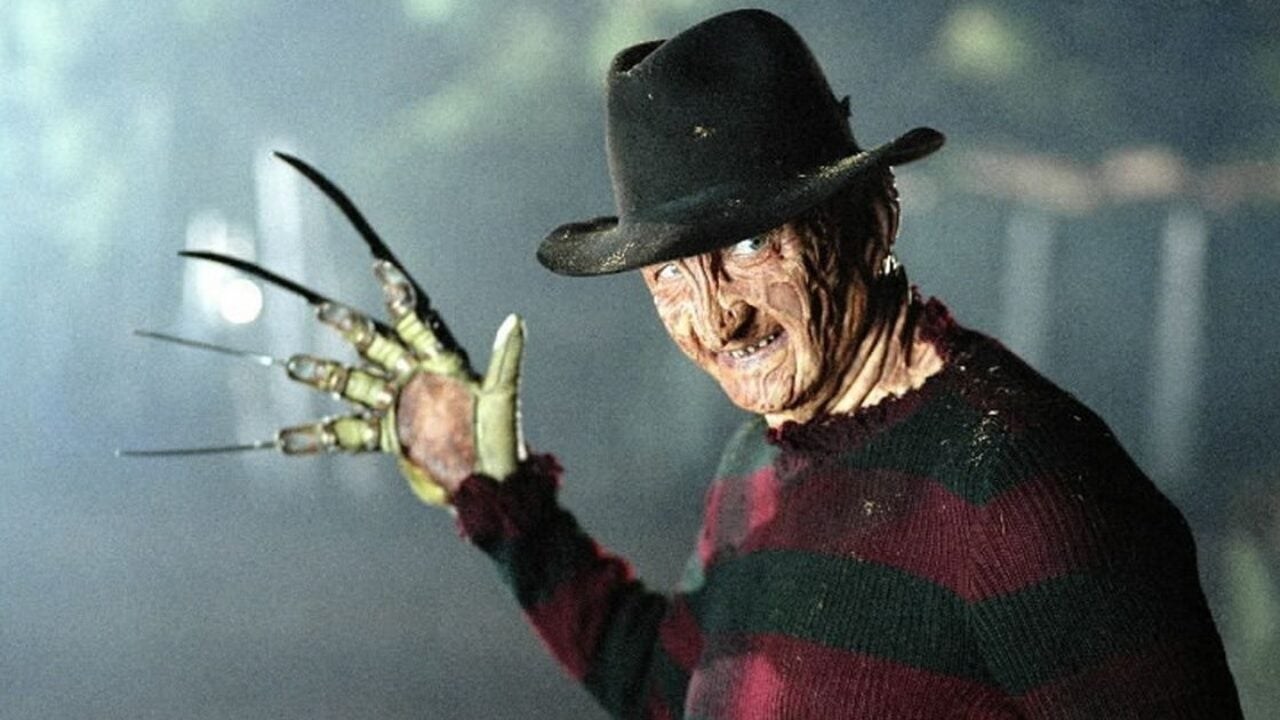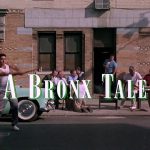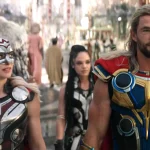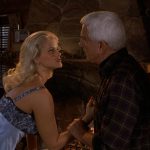A Nightmare on Elm Street Series

Wes Craven’s “A Nightmare on Elm Street” series stands as a cornerstone of horror cinema, blending elements of supernatural terror, psychological suspense, and iconic imagery that have left an indelible mark on audiences since its inception in 1984. Spanning multiple films, the franchise centers around the malevolent figure of Freddy Krueger, a dream-stalking villain whose razor-glove and burned visage have become synonymous with fear.
The series begins with the eponymous first film, where viewers are introduced to Freddy Krueger, brilliantly portrayed by Robert Englund. Krueger, a child murderer burned alive by vengeful parents, returns from the grave to exact revenge on the children of those who killed him, haunting their dreams and turning sleep into a deadly battleground. The premise itself taps into a primal fear—being unable to escape danger even in the supposed safety of one’s dreams.
What distinguishes the “A Nightmare on Elm Street” series from typical horror fare is its innovative blending of fantasy and horror. The notion that an assailant could attack in the realm of dreams, where reality is distorted and logic is unreliable, lends the series a surreal and chilling atmosphere. Each film explores new avenues of horror within this framework, pushing the boundaries of what is possible within the genre.

Central to the series’ success is Freddy Krueger himself, a complex and charismatic antagonist whose dark humor and sadistic glee make him both terrifying and strangely charismatic. Robert Englund’s portrayal of Krueger imbues the character with a twisted charm, transforming him into a cultural icon and ensuring his place in the pantheon of horror legends.
As the series progressed through sequels and spin-offs, it evolved beyond mere shock value to explore deeper themes. Films like “A Nightmare on Elm Street 3: Dream Warriors” (1987) and “A Nightmare on Elm Street 4: The Dream Master” (1988) expanded on Freddy’s mythology and delved into the psychological scars left by trauma and guilt. These sequels not only maintained the series’ signature scares but also added layers of emotional depth to its characters.

Beyond its individual films, the “A Nightmare on Elm Street” series has had a lasting impact on popular culture. Freddy Krueger’s distinctive appearance and penchant for one-liners have been referenced and parodied in countless media, cementing his status as a horror icon. The series’ influence extends to other horror films, inspiring filmmakers to explore new ways of inducing fear and challenging conventions.
Visually, the films are notable for their inventive dream sequences and practical effects. Wes Craven and subsequent directors employed imaginative visuals to create nightmarish landscapes where the laws of physics and reality are twisted, amplifying the sense of dread and disorientation experienced by both characters and viewers alike.

Thematically, the series explores the consequences of unchecked evil, the resilience of the human spirit in the face of terror, and the blurred lines between reality and imagination. Freddy Krueger’s ability to manipulate dreams serves as a metaphor for the unresolved traumas that haunt individuals, refusing to let them rest.
In conclusion, the “A Nightmare on Elm Street” series remains a testament to the enduring appeal of horror cinema. Through its innovative premise, memorable characters, and exploration of psychological fears, the franchise continues to captivate audiences and influence filmmakers. As Freddy Krueger continues to haunt our dreams, the series serves as a reminder of the power of fear and the enduring allure of the unknown.











